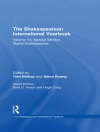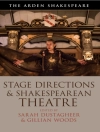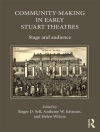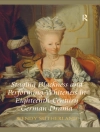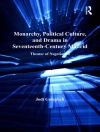This book provides an in-depth, holistic examination of evaluative aesthetics and criticism as they apply to film. Organised around the explanation of key concepts, it illuminates connections between the work of philosophers, theorists and critics, and demonstrates the evaluation of form through the close analysis of film sequences. The book advocates that aesthetic evaluation should be flexibly informed by a cluster of concerns including medium, convention, prominence, pattern and relation; and rather than privileging a particular theory or film style, it models a type of approach, attention, process and discourse. Suitable for students of film studies and philosophical aesthetics at both undergraduate and postgraduate levels, Aesthetic evaluation and film also provides a framework for academics researching or teaching in the area. At the same time, the crisp and lucid style will make the book accessible to a wider readership.
Tabela de Conteúdo
Introduction
PART I: What is evaluative aesthetics?
1.1 The origin and definition of aesthetics
1.2 The aesthetic attitude
1.3 Aesthetic taste
1.4 Sensory immediacy
1.5 Aesthetic pleasure
1.6 Seeking agreement
1.7 Imagination
1.8 Aesthetic appreciation
1.9 Form and style
1.10 Aesthetic qualities
1.11 Specificity
PART II: What is aesthetic criticism?
2.1 Evaluation
2.2 Understanding and interpretation
2.3 Perception
2.4 Experience
2.5 Particularity and responsiveness
2.6 Description and analysis
2.7 Close reading
2.8 Comparison, category, and context
2.9 Intention, achievement, and skill
2.10 Evaluative criteria
2.11 Reasons, argument, and objectivity
2.12 Subjectivity, contingency, and the relational
PART III : The aesthetic evaluation of film
3.1 Medium
3.2 Constraint
3.3 Convention
3.4 Choice and expectation
3.5 Encouraging perceptual activity
3.6 Prominence
3.7 Pattern
3.8 Relation
A note on pedagogy
Bibliography
Filmography
Index
Sobre o autor
Andrew Klevan is Associate Professor of Film Studies at the University of Oxford. He is the author of Barbara Stanwyck (2013), Film Performance: From Achievement to Appreciation (2005) and Disclosure of the Everyday: Undramatic Achievement in Narrative Film (2000).


